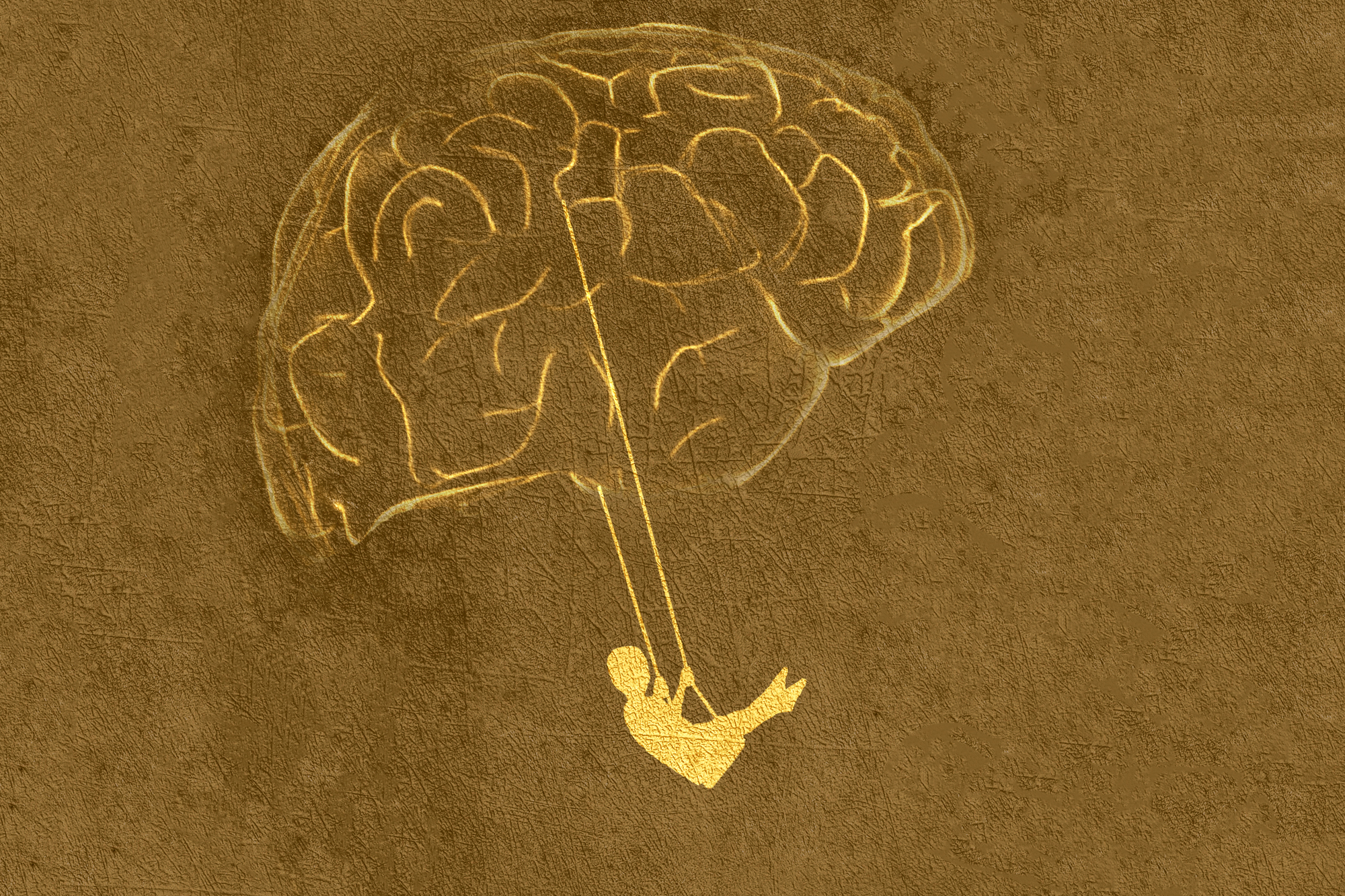
Alise* sits across from me with her legs crossed, hair in two neat braids, and hands that wave as quickly as she talks. When she finally pauses, I address her and her mom.
“Well, I think that your anxiety is starting to affect your relationship with your friends and your learning,” I said. “Your thoughts about cutting are also getting worse. Let’s talk about what we can do next to help you.”
I wasn’t always this confident in knowing what to do next in such patient encounters. From talking to some of my colleagues, they are not very comfortable with screening kids for depression due to lack of knowing how to handle a positive screen. Sometimes, however, I am the only one the patient has in their corner to figure out what to do next. For the sake of giving my patients quality and accessible care, I hopped on a steep learning curve and hope that other pediatricians can benefit from what I’ve learned in caring for kids with mental health problems who are not in crisis.
When it comes to care team options and costs, referring a patient to a psychiatrist often leaves them with two choices: those few who use insurance and those who are self-pay. The latter commonly are charged around $300 for the initial visit and $150 for follow up appointments. Both options can have waiting lists ranging from 1-6 months long if they are even open to new patients.
These generalizations are based on what patients have shared with me in my local area. The most common barriers they have to a psychiatrist are cost, timely access, stigma, and prior negative experiences — all of which are enough to delay and/or completely cease care.
Utilizing a pediatrician or other primary care provider for basic psychiatry needs, such as ADHD, anxiety, and depression, may accelerate children’s access to care. Pediatricians can screen and diagnose mental health problems, and they can prescribe medications and refer to a specialist as needed. Due to a myriad of factors including access and stigma, follow up with a pediatrician may be more consistent than with a psychiatrist. Also, a pediatrician may not be able to obtain patients’ records in the psychiatry office, so keeping the care under one roof can make it easier for the pediatrician to understand the patient’s current status if cases a crisis or medication questions arise.
As for screening and diagnostic options: most kids don't show up to a wellness visit asking their doctor to help them with depression or anxiety. Rather, they show up in the office with problems related to school, grades, social interactions, sleep, cutting, behavioral changes, or physical illness. It often takes a few visits or conversations for me to figure out the diagnosis. Sometimes, other medical problems can mimic anxiety and depression, so an evaluation such as testing for thyroid abnormalities or anemia can rule out medical causes of behavior changes.
While an index of suspicion can aid lead to a diagnosis, the American Academy of Pediatrics and the United States Preventive Services Task Force recommends routine screening kids 12 years-old and above at every wellness visit for depression. In my practice, we use the PHQ9 survey to screen for depression during their physical appointment. The PHQ9 is also used in our office during sick visits and as a follow-up tool sometimes. For anxiety, our preferred screening tool is the GAD7 and for ADHD we use the Vanderbilt forms. Each handout download includes instructions on scoring and interpretation.
Here are a few other online resources that I’ve found helpful:
- “Pediatricians as Psychiatrists” published in Pediatric Annals;
- “A guide to Psychopharmacology for Pediatricians” published by the Johns Hopkins Center for Mental Health Services in Pediatric Primary Care;
- “Primary Care Tools” report from the American Academy of Pediatrics Task Force on Mental Health
- “Therapist Resources” from the University of Washington School of Medicine;
- “Guidelines for Adolescent Depression in Primary Care” by the REACH Institute (see page 16 for a clinical management flow chart and page 93 for medication dosing);
- “Care Guide and Resources” from Seattle Children’s (see “Past Presentations” for PDFs of slides on various mental health topics); and
- Kognito’s Motivational Interviewing Interactive App, which is a simulator for health professionals that aims to build their motivational interviewing skills to lead real-life conversations with pediatric patients and their parents about healthy weight and childhood obesity.
There are a number of treatment options for children with mental health struggles. For starters, they can benefit from a referral to a therapist. Cognitive-behavioral therapy is also widely-used and an evidence-based technique for treating anxiety and depression. Other evidence-based strategies a therapist may employ are play therapy, parent-child interaction therapy, and dialectical behavior therapy.
In order to save my patients time, I give them a few pointers to help them find a therapist; use evidence-based therapies; talk to the parent at the start and end of sessions to reap a more complete update and to inform the parent on how to help the child when they are struggling at home; and give the patient actionable strategies to try on their own.
If the child is struggling every day, has thoughts about harming themselves, is cutting, falling behind on schoolwork, having trouble with maintaining peer relationships, or experiencing dysfunction in some work, then medication may be indicated. Finding the right medication can take some trial and error, which really isn’t that daunting because in kids there are only a limited number of FDA approved medications. For anxiety and depression, for example, there are selective serotonin reuptake inhibitors.
When I talk to kids and parents about the potential side effects, we are often weighing them in a situation where doing nothing is not an option. As for the scary suicidal risk for SSRIs, I shudder to think about how much scarier and how much more at risk for suicidal thoughts my patient would be if they were not on medication.
It’s also quite natural for a pediatrician to help the family discover any changes in their daily routine that can help boost their child's general health — all things that can also boost the child's brain health as well. While time may be limited at each visit, consider choosing one healthy habit topic to focus on, such as exercise, nutrition, sleep, and screen time usage. Realizing that habits are difficult to change, go easy, and consider training in motivational interviewing to empower teens and families to make lasting changes.
Even if one small change is made every day, those efforts will make a very big difference after a few months.
If someone is a danger to themselves or others, call the crisis line: 800-273-TALK or 911.
*Disclaimer: All names and identifying information have been modified to protect patient privacy.
Joannie Yeh, MD is a pediatrician and clinical assistant professor of pediatrics. She blogs at betamomma.com and can be found tweeting from @betamomma.
Dr. Yeh is a 2018-2019 Doximity Author.







